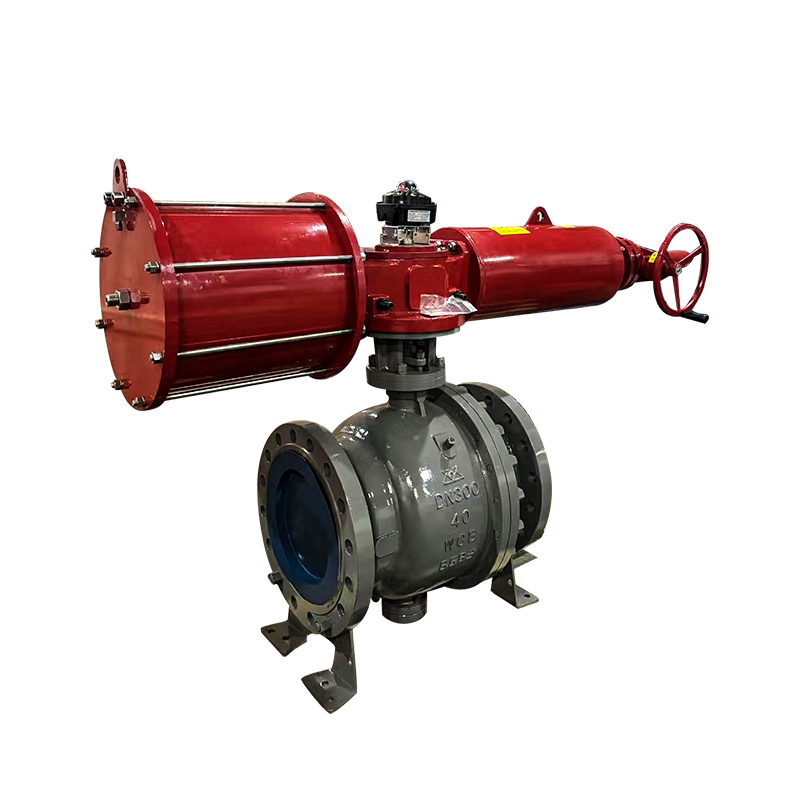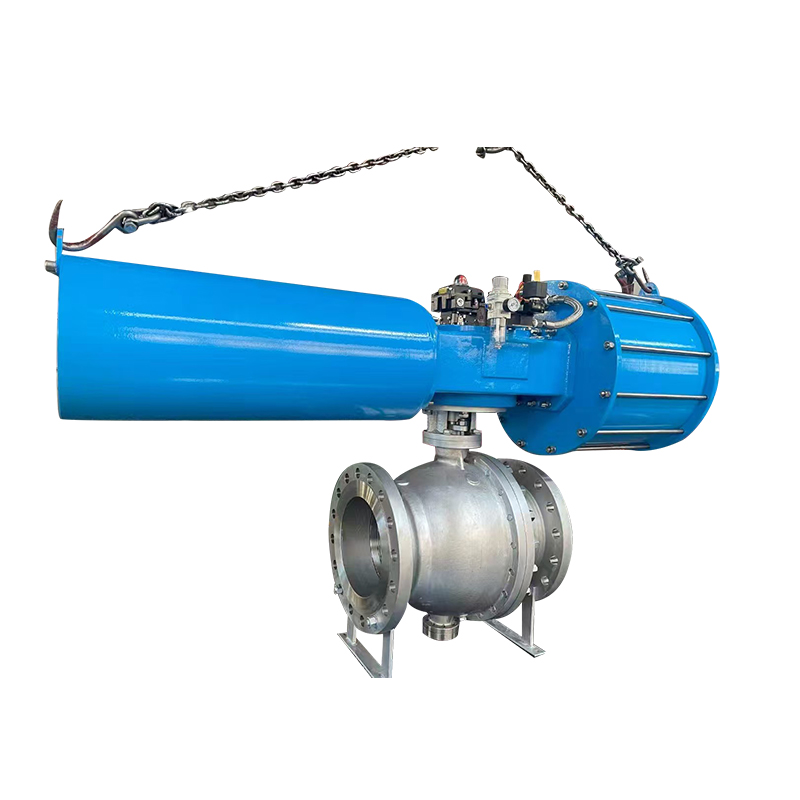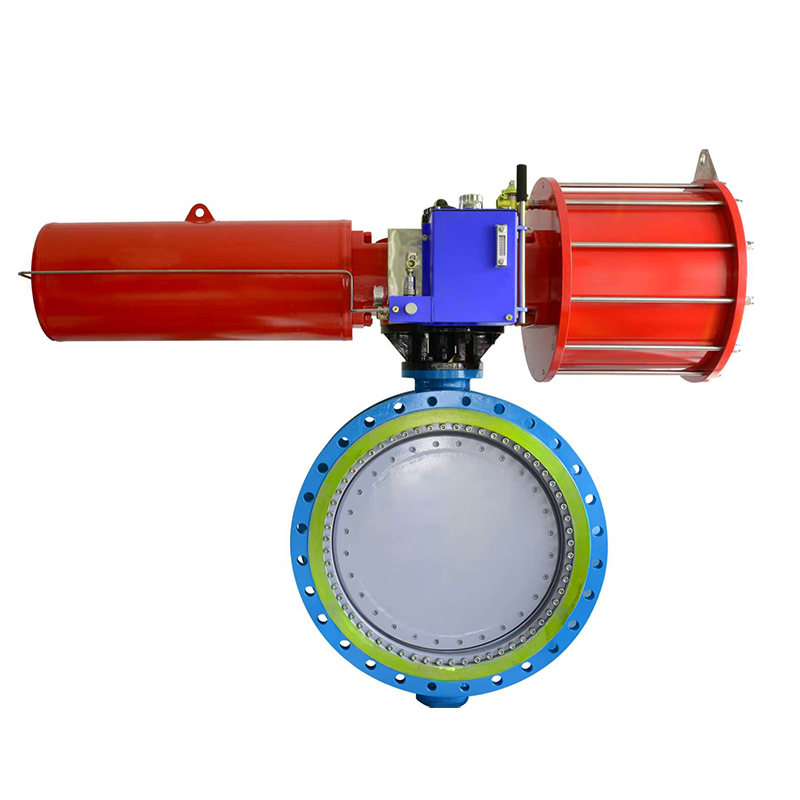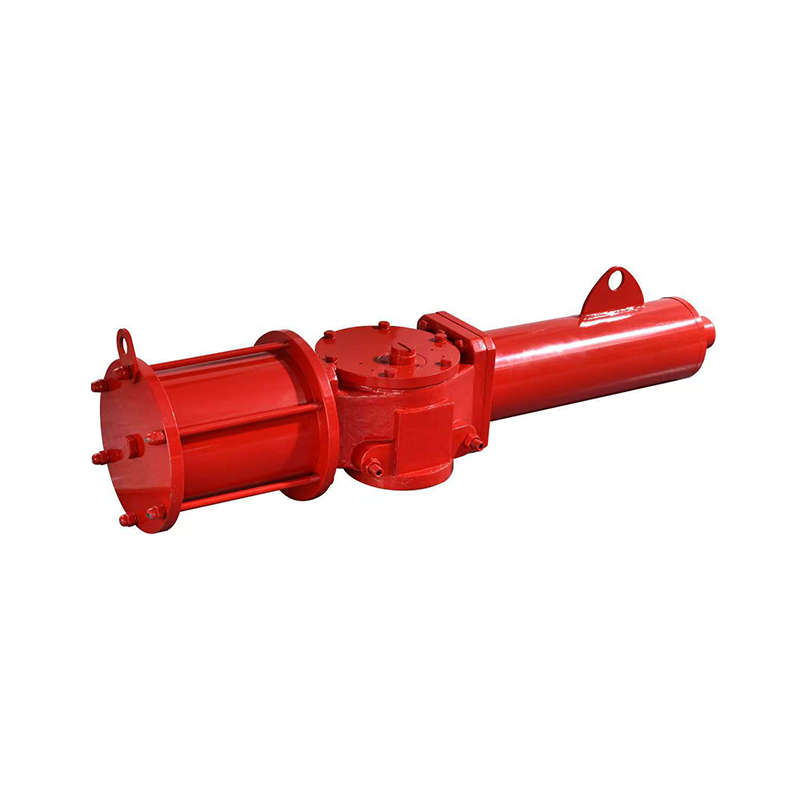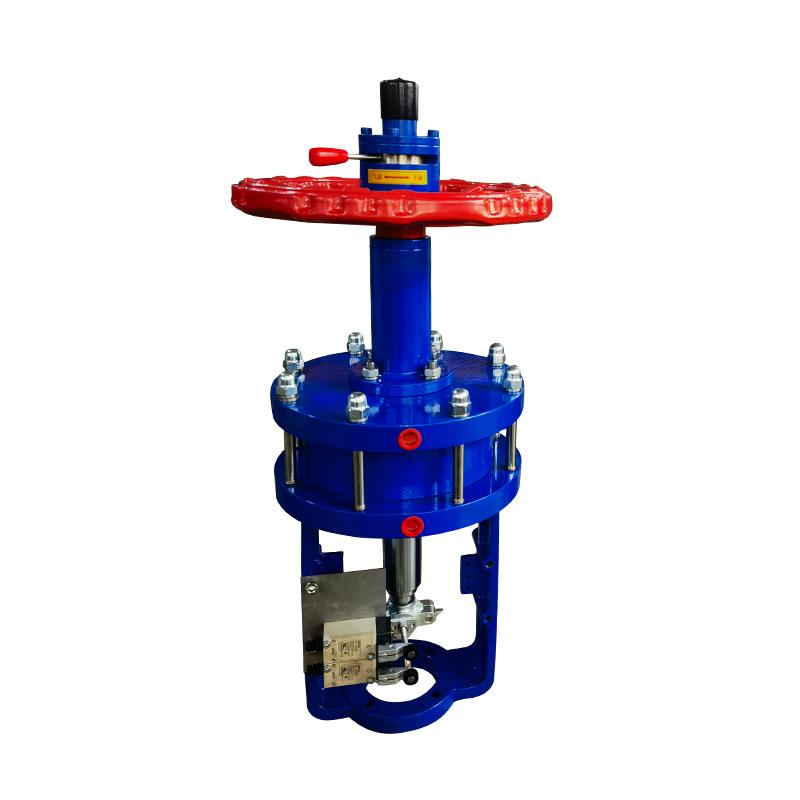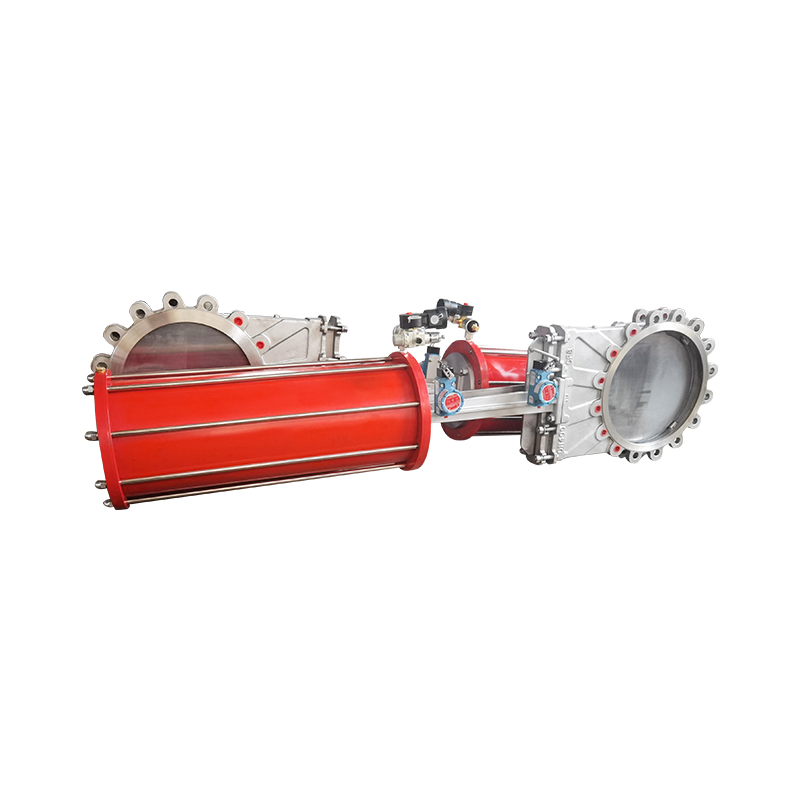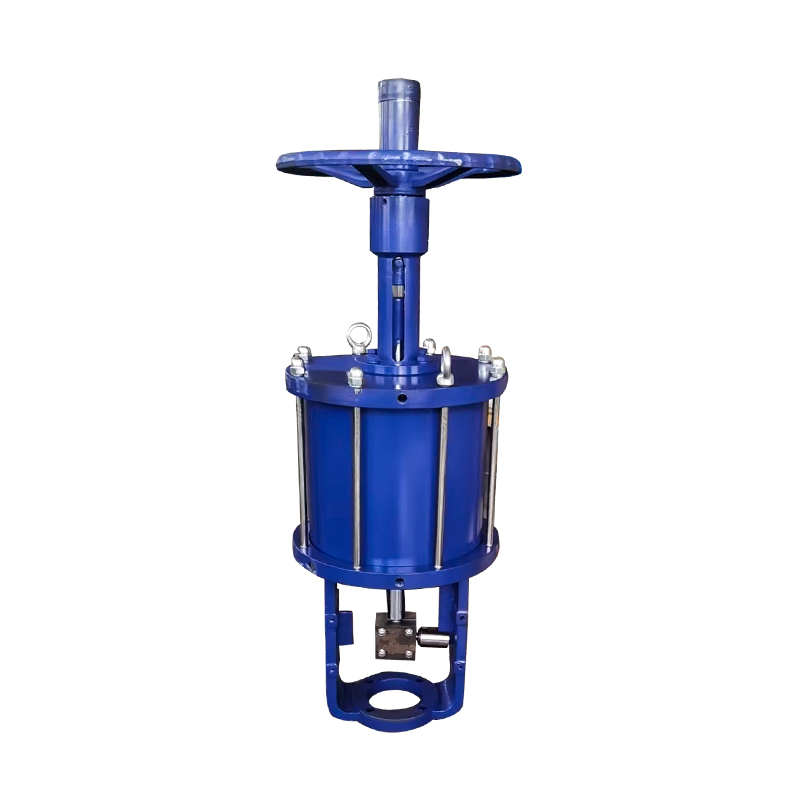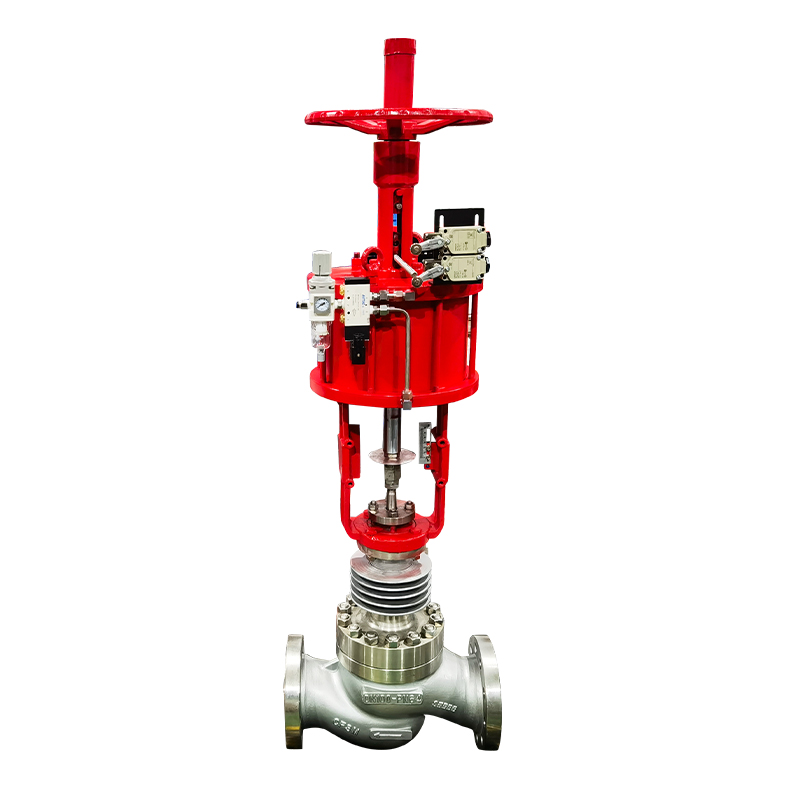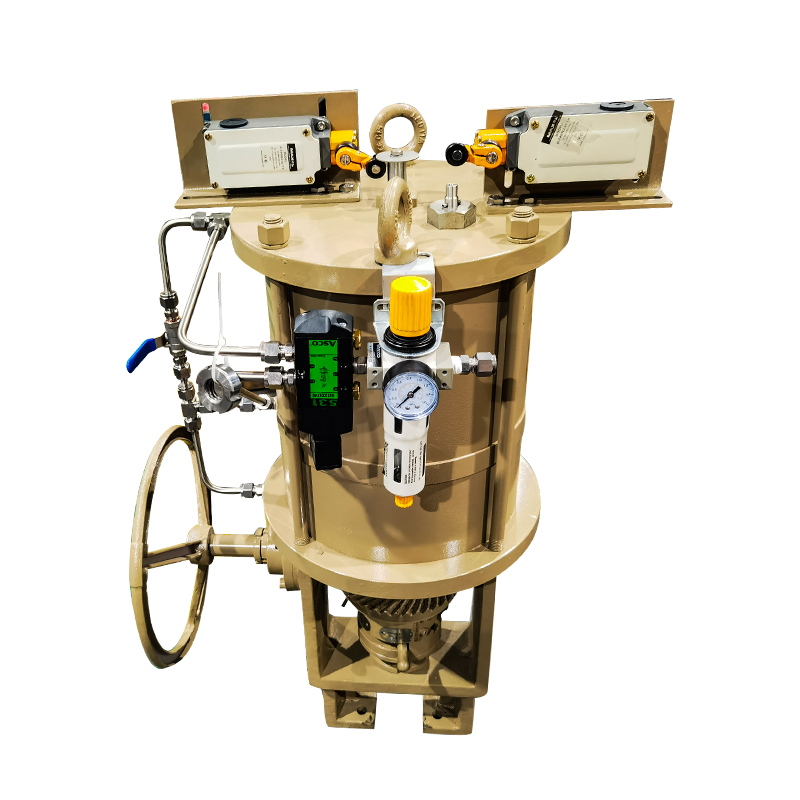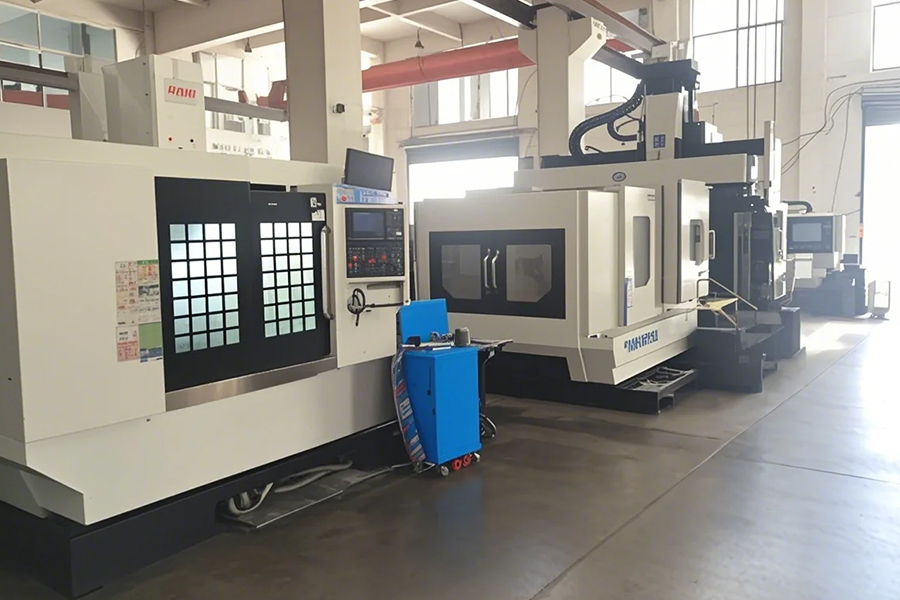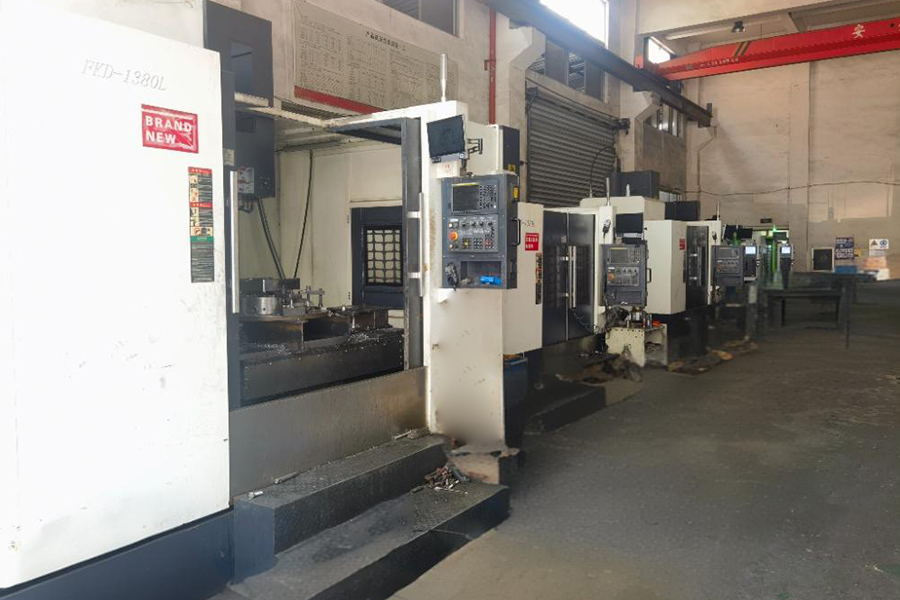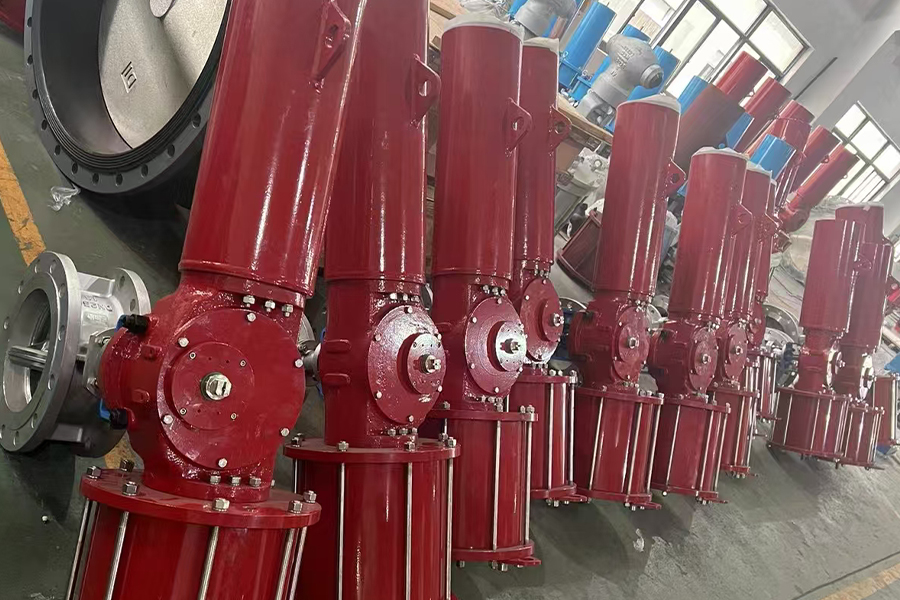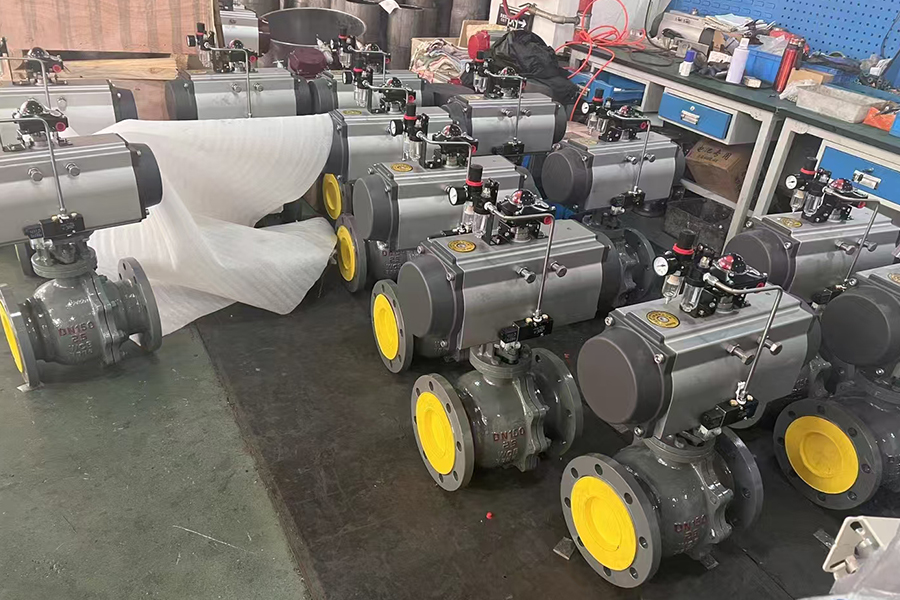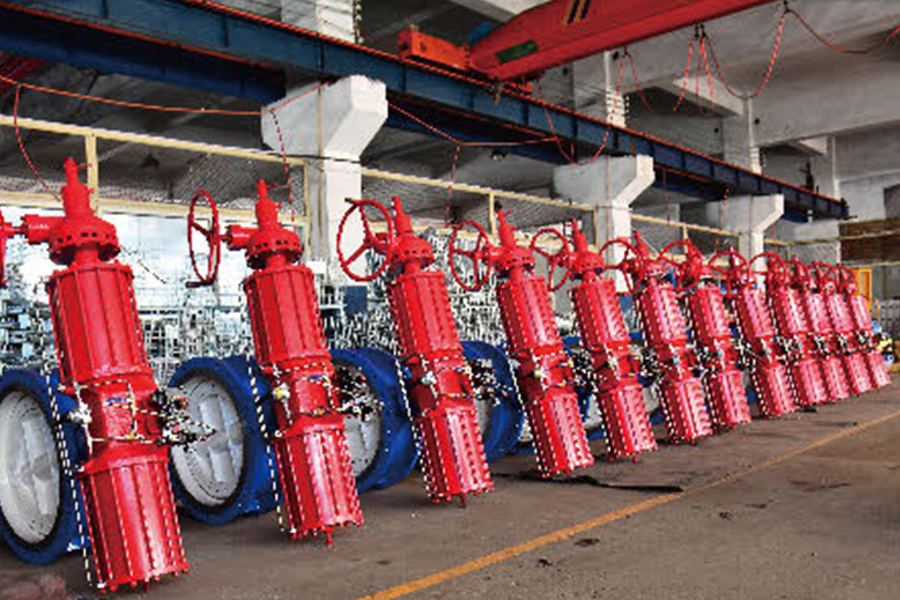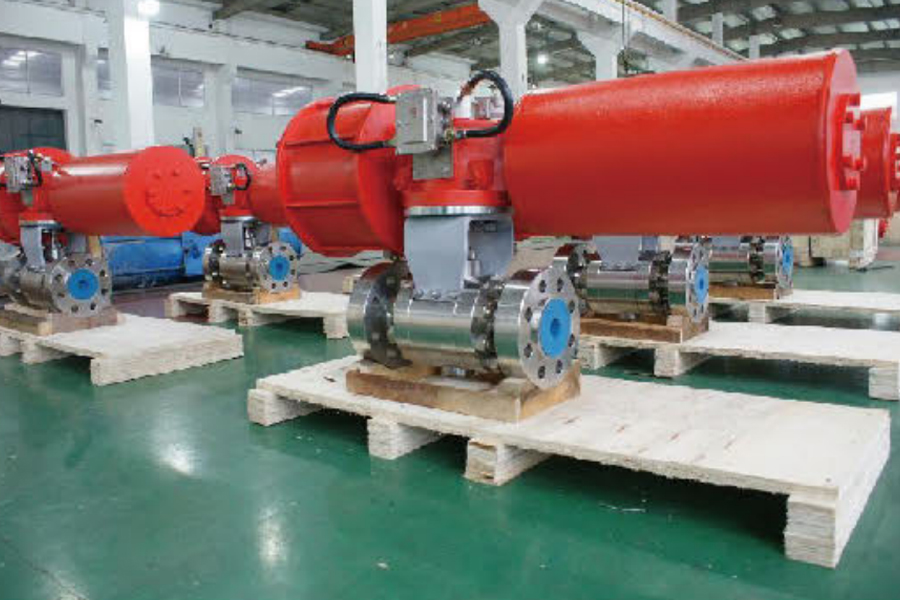An Air Actuated 3 Way Valve is a valve that uses compressed air to control the flow path between three ports. These valves are commonly employed in applications requiring the diversion, mixing, or selective routing of fluids or gases. To maximize the lifespan and reliability of air actuated 3 way valves, several practices should be followed.
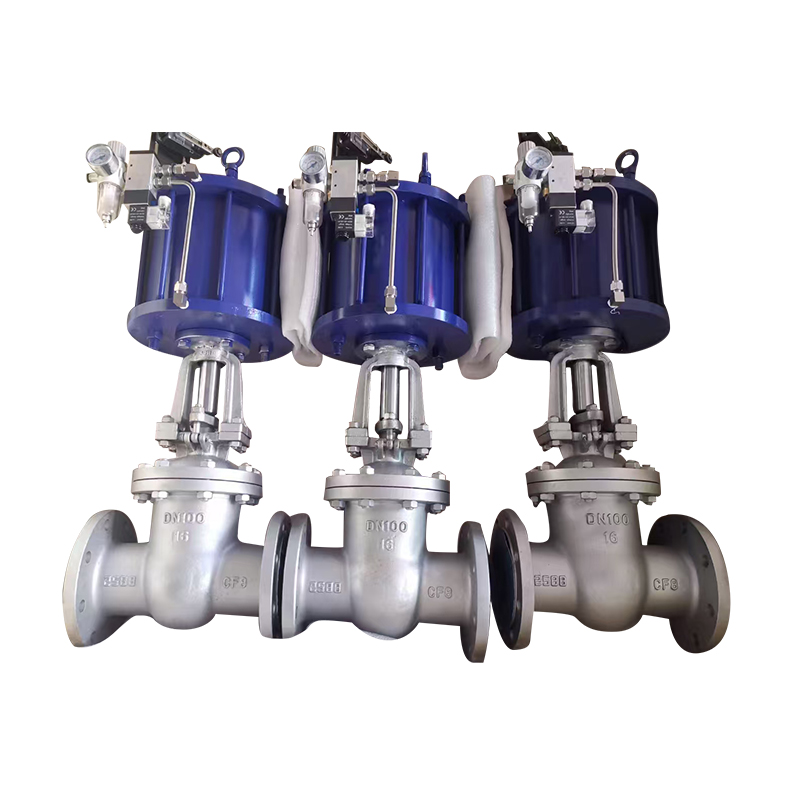
Proper maintenance is critical. Regular inspection of seals, actuators, and moving parts helps detect wear and prevent leaks early. Using quality lubricants on moving components can reduce friction and wear, contributing to smoother operation.
Second, selecting the appropriate valve materials based on the media and environment is important. Corrosive fluids or harsh conditions demand corrosion-resistant materials like stainless steel or specialized coatings to prevent degradation.
Third, controlling the air supply quality and pressure is essential. Clean, dry, and regulated compressed air reduces actuator wear and avoids damage caused by moisture or contaminants.
Lastly, correct installation practices—including alignment, secure mounting, and avoiding excessive vibration—help reduce mechanical stress on the valve assembly.
By adhering to these practices, users can extend the service life of air actuated 3 way valves, improve reliability, and reduce unexpected downtime.
A Pneumatic 3 Way Ball Valve features a ball inside the valve body with three ports, and it uses a pneumatic actuator to rotate the ball, directing flow between different paths. Accurate flow control is vital for ensuring process stability and efficiency, especially in applications such as mixing, dosing, or switching between fluid sources.
To ensure accuracy, valve sizing is fundamental. Selecting the correct valve size based on flow rates, pressure, and fluid properties minimizes turbulence and pressure drop, allowing for smooth transitions and precise control.
Actuator calibration also plays a crucial role. Properly calibrated pneumatic actuators ensure the ball rotates to the exact position commanded by control systems, preventing over- or under-rotation, which could cause improper flow paths or leakage.
Moreover, incorporating positioners or feedback devices improves control accuracy by continuously monitoring valve position and adjusting actuator response accordingly. This closed-loop control enhances repeatability and responsiveness.
Maintaining clean and contaminant-free operating environments reduces wear on seals and seats, ensuring tight shutoff and accurate flow direction. Regular maintenance routines focused on seal inspection and replacement help maintain performance.
By focusing on these factors—correct sizing, actuator calibration, position feedback, and maintenance—users can achieve highly accurate flow control with pneumatic 3 way ball valves.
Pneumatic Actuated Water Valve: Advanced Technologies and Innovations
Pneumatic Actuated Water Valves are widely used in water treatment, irrigation, and municipal water systems for reliable and automated flow control. Recent advances in technology have significantly enhanced the performance, efficiency, and intelligence of these valves.
One major innovation is the integration of smart actuators equipped with digital communication protocols. These actuators can connect to control systems via protocols like HART or Modbus, enabling real-time data exchange, remote diagnostics, and predictive maintenance. This connectivity allows operators to monitor valve status, detect early faults, and optimize system performance proactively.
Material advancements have also improved durability. The use of composite materials and advanced coatings enhances resistance to corrosion, scaling, and biofouling, which are common challenges in water environments. This results in longer valve life and reduced maintenance frequency.








